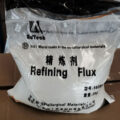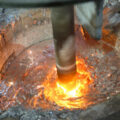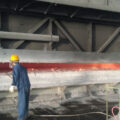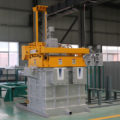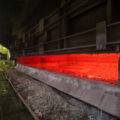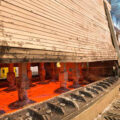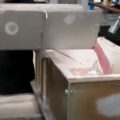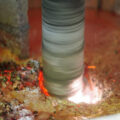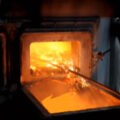In the metals and alloys obtained by melting, due to the selection of materials used, in addition to the necessary metal components, harmful or unnecessary metals and non-metal components are usually contained. As we all know, the impurities contained in molten metal, such as sulfur, oxygen, hydrogen, nitrogen, etc., will greatly affect the quality of the final product. This is why secondary refining is often carried out, which is the process of additional purification of the molten metal taken from the furnace.

A refining method is provided, which removes even trace amounts of harmful and unnecessary metal and non-metal components (elements) through refining in an inert atmosphere, accompanied by electrode heating and forced stirring.
In order to achieve this goal, the refining step includes the following steps:
The metal melt to be refined is filled with a refining agent into a refining vessel equipped with at least a heating electrode and an inert gas blowing device.
The first refining process, which uses a heating electrode to heat the molten metal to cause the molten metal to react with the flux while maintaining the interior of the refining container under an inert gas atmosphere;
The second refining process includes tilting the refining vessel to immerse the blowing pipe of the inert gas blowing device into the metal melt and blowing the inert gas into it.
The metal melt thus refined is taken out of the refining vessel.
In order to perform such a refining process, an inclined refining vessel suitable for filling metal melt and refining agent is used, and an appropriate number of electrodes are arranged on the upper part of the vessel. The refining vessel is used to heat the molten metal contained in the refining vessel and an inert gas blowing device. When full of molten metal, the blow nozzle is not immersed in the molten metal, but only when the container is tilted for blow molding.

